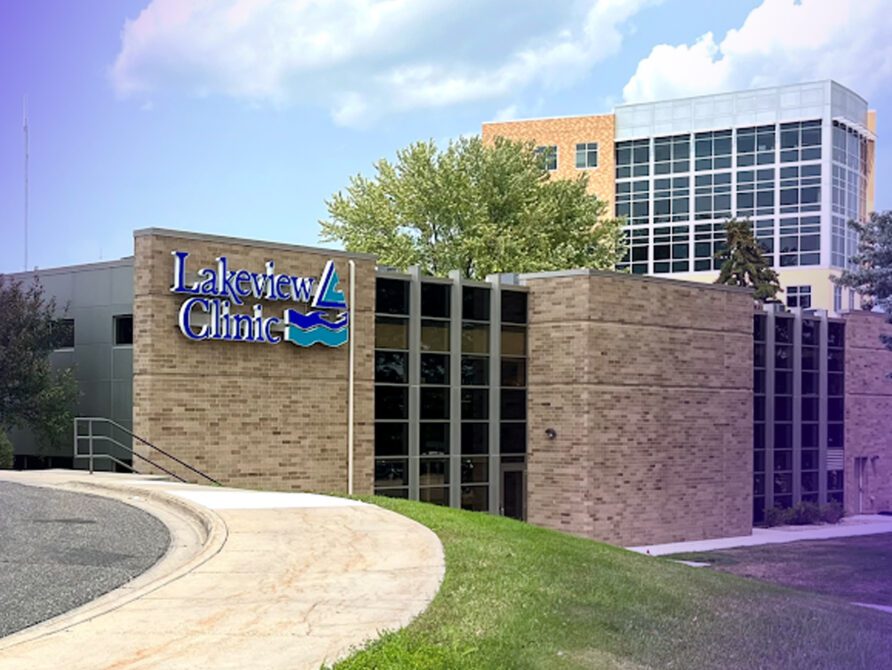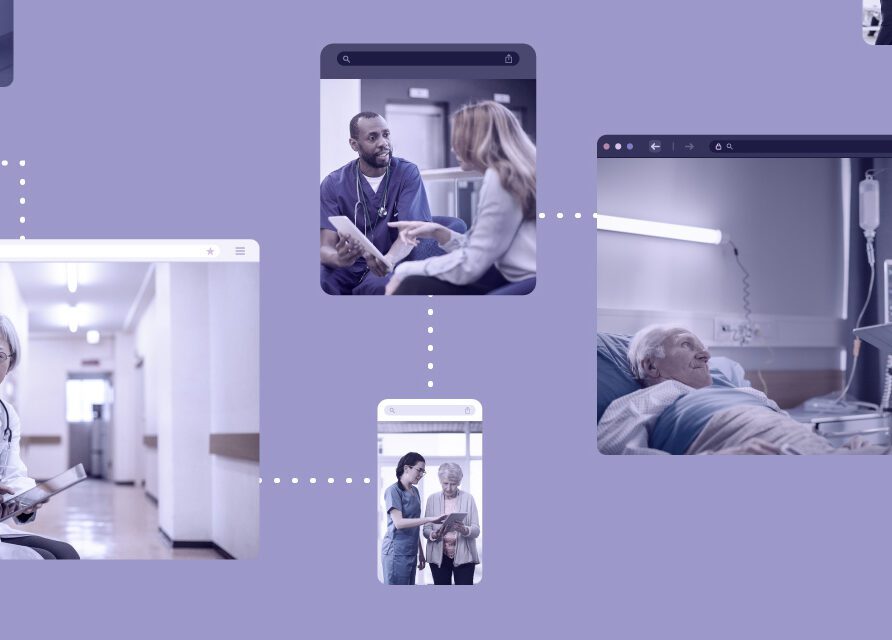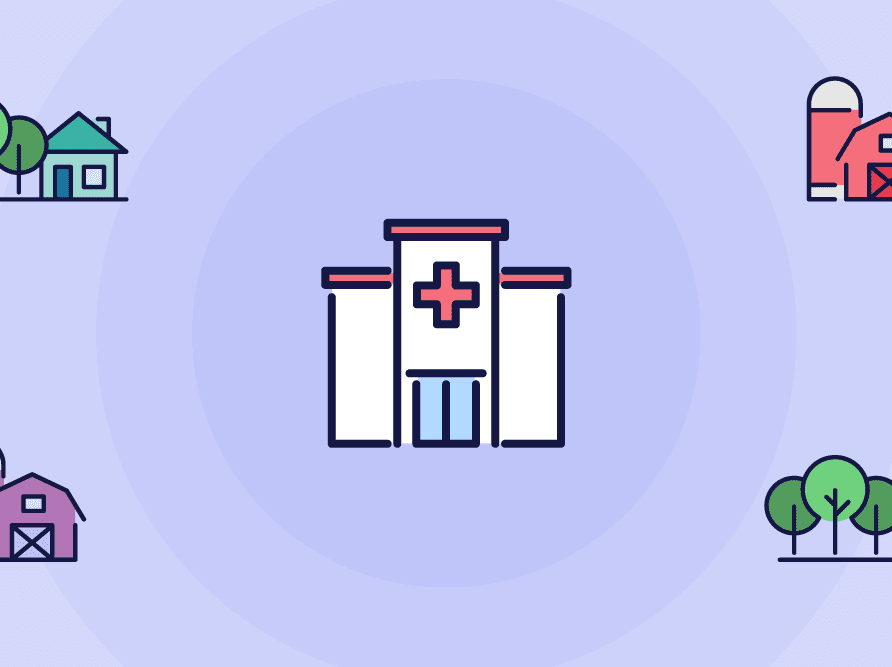Article
When was the last time you checked your surgical preference cards?
We all know it: Maintaining a steady workflow is critical in healthcare. But this is especially true in surgical wards where the length of procedures directly affects patient health as well as the number of patients that can be served in a day. Preference cards are one of the most common tools used to keep surgical teams organized and running smoothly. These electronic documents store specific requirements and unique surgeon preferences for procedures. They help streamline the preparation process and improve the overall efficiency in the operating room by ensuring that all necessary items, equipment and information are readily available to the surgeon and their team.
Prior to the COVID-19 pandemic, overall staffing levels were a concern, but the members of the existing staff stayed relatively the same. As such, they became familiar with each surgeons’ preferred setup, including any changes made since the preference cards were originally created. But the pandemic brought a massive shake up to staffing in healthcare as team members retired early, changed organizations in search of higher pay or even quit healthcare all together. (Rural hospitals were particularly affected and continue to struggle with staffing more than their urban counterparts.) Suddenly, the institutional knowledge of what a surgeon actually needs for surgery was lost and new hires were forced to rely on outdated preference cards.
Using these outdated preference cards can lead to a variety of issues, including:
- Increased costs: If a preference card lists items that are no longer required it can lead to wasted materials and, in turn, wasted money for your organization.
- Threats to patient safety: When preference cards are missing items, surgery will be stalled while a team member retrieves them. Longer surgery times and excessive door openings during surgery are associated with a higher rate of complications.
- Surgeon dissatisfaction: Inaccurate preference cards can frustrate surgeons, add to their overall cognitive burden and affect their focus as they wait for the correct tools to be brought to the operating room.
- Suboptimal inventory: Accurate preference cards result in an optimized inventory as they prevent overstocking of items that aren’t used as much. This also reduces unnecessary expenses for your organization.
- Difficulties training new staff: Preference cards are a source of information for training new surgery staff about various procedures, surgeon preferences and required equipment. When the information is inaccurate, the preference card is useless as a training tool.
 But correcting and updating surgical preference cards is not as easy as it sounds. It’s a challenging prospect that ultimately has two conflicting goals. The first goal is to eliminate the possibility of missing items required for surgery. The second goal is to avoid suggesting extra items that go unused, as this leads to waste and increased cost. But a singular focus on having every possible item available for surgeons leads to more waste and focusing on reducing waste can lead to missing items during surgery.
But correcting and updating surgical preference cards is not as easy as it sounds. It’s a challenging prospect that ultimately has two conflicting goals. The first goal is to eliminate the possibility of missing items required for surgery. The second goal is to avoid suggesting extra items that go unused, as this leads to waste and increased cost. But a singular focus on having every possible item available for surgeons leads to more waste and focusing on reducing waste can lead to missing items during surgery.
Ultimately organizations will need to find a balance. But regardless of what that balance looks like for you, it’s imperative that your organization takes the time to review, analyze, update and maintain surgical preference cards to keep your operating rooms running as efficiently as possible.
At Altera, we’re using machine learning and AI to take this process to the next level. If you’re interested in learning more, contact Nikhil Bahita (VP, Solutions Management for Paragon) here.













